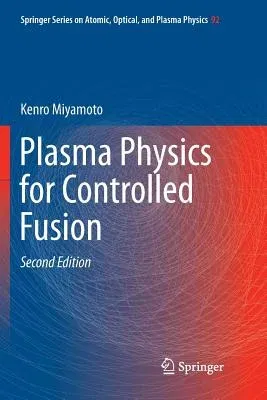Kenro Miyamoto
(Author)Plasma Physics for Controlled Fusion (Softcover Reprint of the Original 2nd 2016)Paperback - Softcover Reprint of the Original 2nd 2016, 27 May 2018

Qty
1
Turbo
Ships in 2 - 3 days
In Stock
Free Delivery
Cash on Delivery
15 Days
Free Returns
Secure Checkout
Part of Series
Springer Atomic, Optical, and Plasma Physics
Part of Series
Springer Series on Atomic, Optical, and Plasma Physics
Print Length
495 pages
Language
English
Publisher
Springer
Date Published
27 May 2018
ISBN-10
3662570343
ISBN-13
9783662570340
Description
Product Details
Author:
Book Edition:
Softcover Reprint of the Original 2nd 2016
Book Format:
Paperback
Country of Origin:
NL
Date Published:
27 May 2018
Dimensions:
23.39 x
15.6 x
2.59 cm
ISBN-10:
3662570343
ISBN-13:
9783662570340
Language:
English
Location:
Berlin, Heidelberg
Pages:
495
Publisher:
Series:
Weight:
703.07 gm

